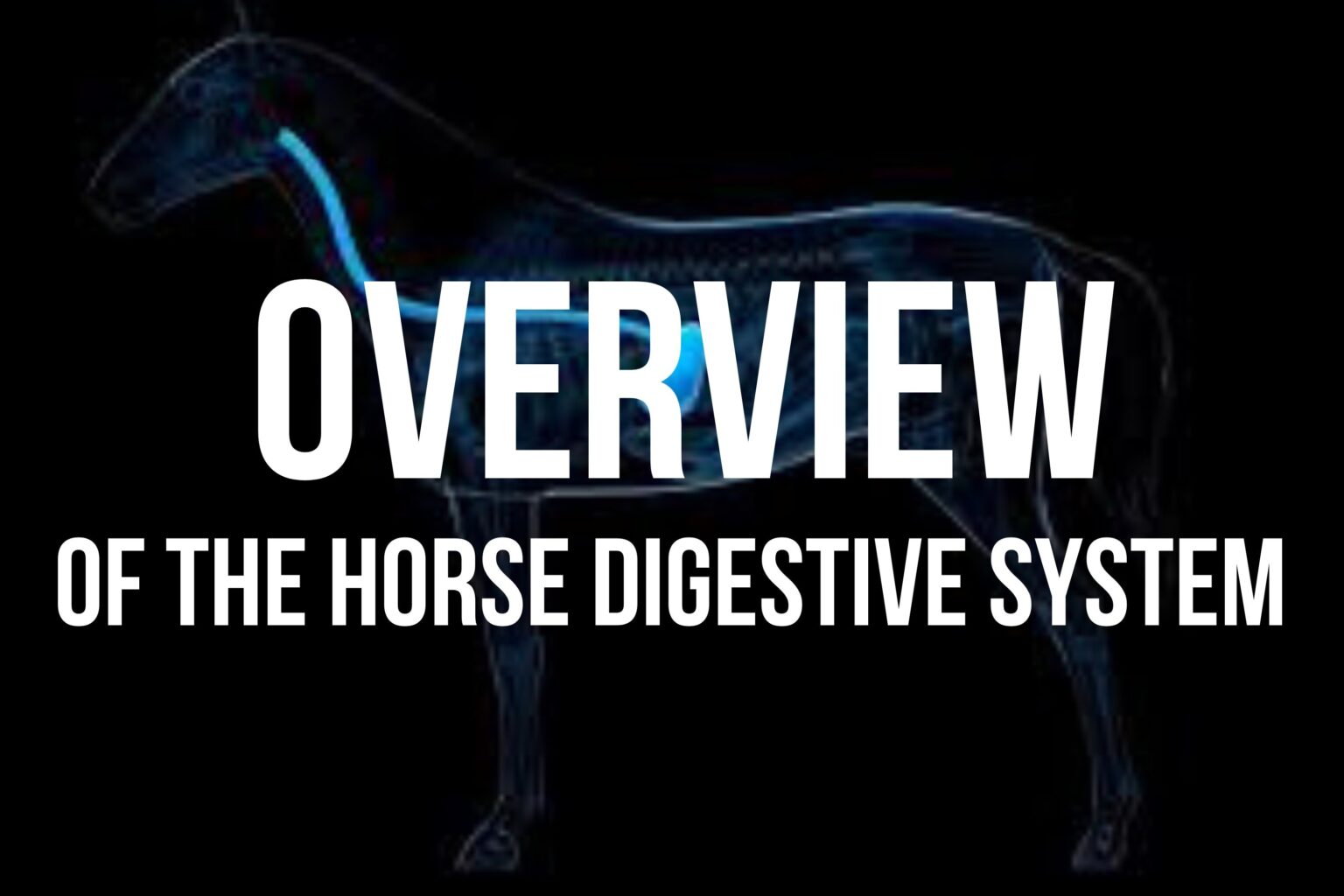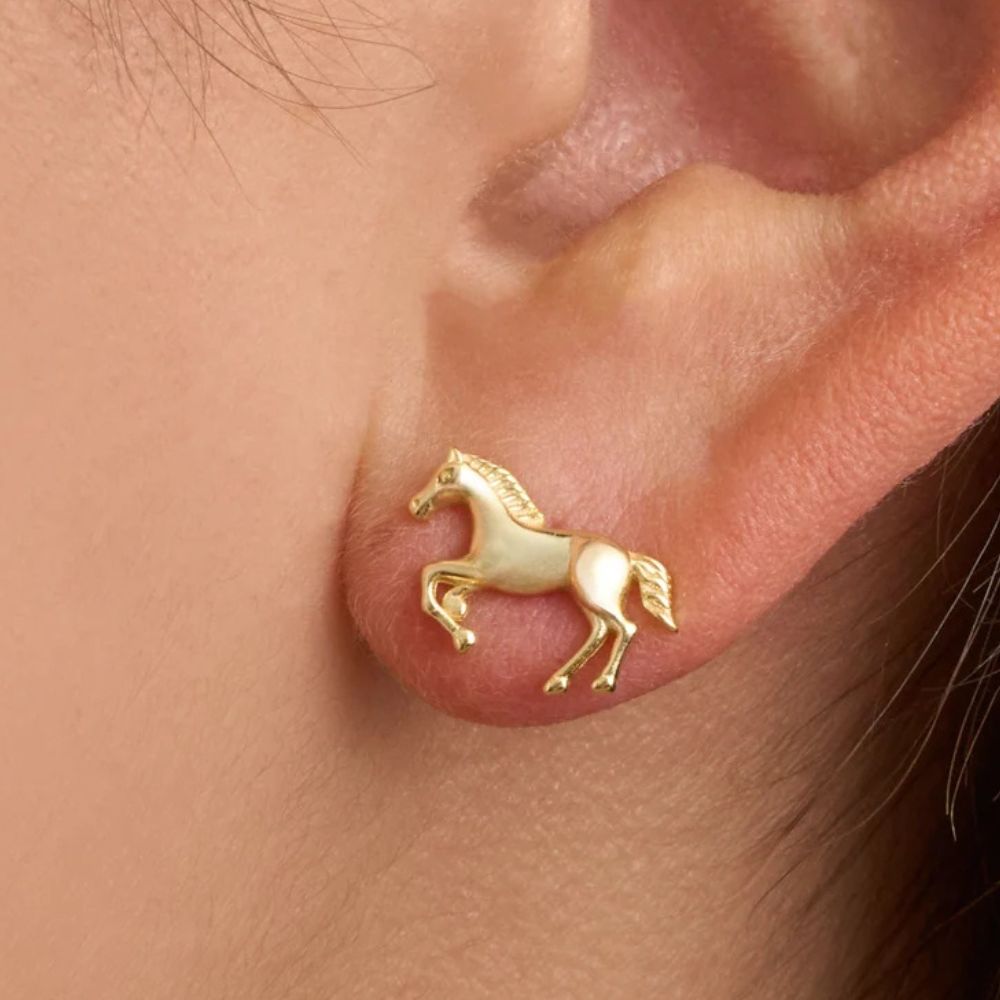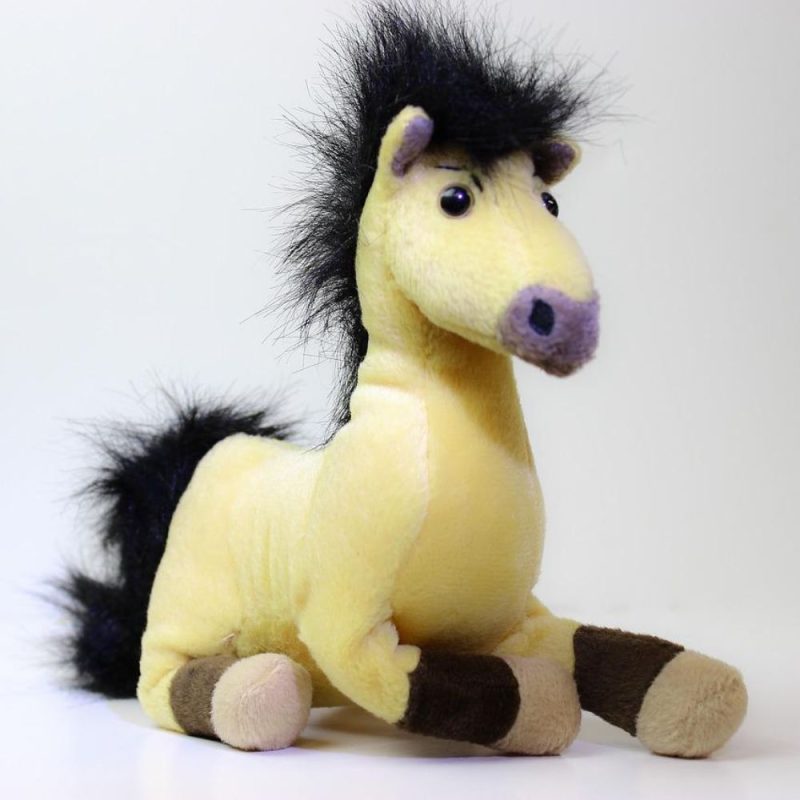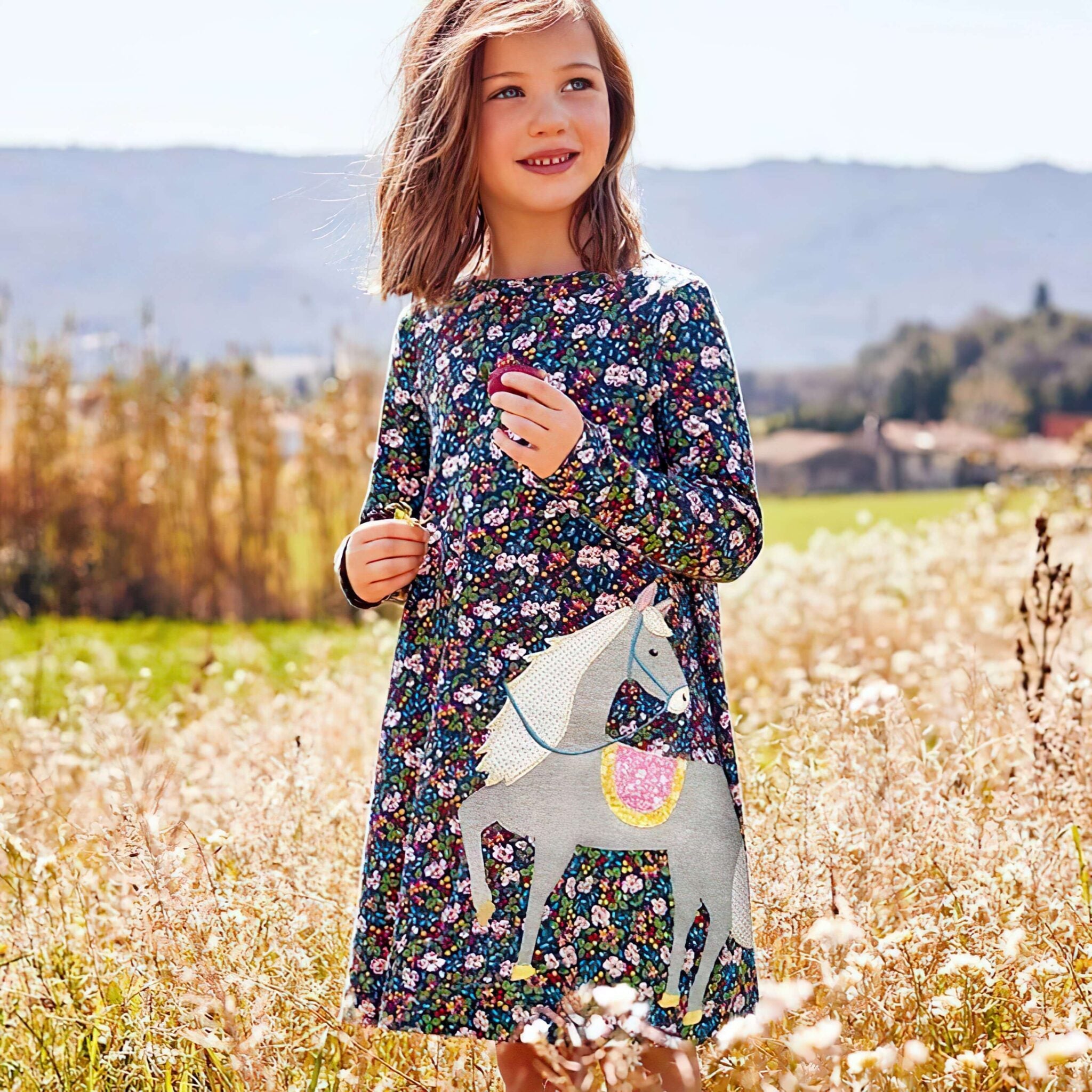
How Many Stomachs Does a Horse Have?
An Overview of the Horse Digestive System
Horses and other equines, like donkeys and zebras, belong to a group of herbivores called hindgut fermenters. This means the main site of plant fiber fermentation occurs in their large intestine, known as the “hindgut”.
Unlike ruminant animals like cows, horses only have one stomach compartment. However, they have a specialized digestive system with an enlarged cecum and colon to allow microbial fermentation of tough plant materials from a diet of grasses, hays and grains.
Key Facts:
- Horses are herbivores that mostly consume grasses and hays
- They have one stomach compartment followed by a lengthy small intestine
- Only 15 minutes for food to pass through a horse’s diminutive stomach
- The cecum and large colon support fermentation of plant fiber
- This allows horses to extract nutrients from plant cell walls
Now let’s take a closer look at how the stomach functions in horses and why they differ from many other mammals by only having this single, relatively small stomach.
The Stomach Structure and Function in Horses
In horses, the stomach works mainly as a temporary receptacle for food before passing it quickly onto the small intestine.
Relative to the horse’s large body size, their stomach capacity is quite small at just 8-15 liters. For comparison, a cow’s complex 4-compartment stomach can hold a whopping 200 liters or more!
➤ Also Read: Can You Get a Dui on a Horse?
Key Functions of the Horse Stomach:
- Secretion of hydrochloric acid and digestive enzymes like pepsin
- Initial breakdown and softening of plant material with acid and enzymes
- Mechanical churning of swallowed food to mix with stomach secretions
- Conversion of feed into chyme paste before passing small volumes onto small intestine
Because horses evolved as continuous grazers of mostly fibrous grasses, their stomach needs to empty frequently. As plant-eating horses graze almost constantly while cows and other ruminants eat larger, more sporadic meals, the equine stomach fills and empties rapidly in under 30 minutes.
QUOTE: “The stomach of the horse is essentially to provide a mixing bowl where acid and enzymes are added and food is temporarily stored before moving to the small intestine.” – Dr. Clayton MacKay, University of Kentucky.
This allows a steady flow…
The Three Sections of the Horse Small Intestine
The horse small intestine plays a crucial role in digesting food and absorbing nutrients after gastric processing in the stomach. This lengthy organ, spanning approximately 70 feet or more in adult horses, consists of three segments:
1. Duodenum – The first and shortest portion directly after the stomach. This C-shaped curvature receives chyme from the stomach and digestive enzymes from the pancreas that continue breaking down fats, proteins and carbohydrates.
2. Jejunum – Constitutes roughly two-fifths of the small intestine length. Further segmentation and mixing of the digesta occurs along with absorption of simple sugars, amino acids and other nutrients into the bloodstream. The lining has finger-like villi projections along with microvilli on each cell, vastly expanding surface area.
3. Ileum – The final and longest segment making up about three-fifths of the small intestine. Primarily focused on vitamin, mineral and remaining water absorption. Connects to the cecum of the large intestine via the ileocecal valve.
Small Intestine Digestion:
- Bile salts to emulsify fats
- Pancreatic enzymes to break complex carbs, fats and proteins into simpler forms
- Brush border enzymes at the villi surface for terminal digestion
Absorption in Horses:
- Simple sugars and amino acids mostly absorbed in the proximal jejunum
- Vitamins like biotin, niacin and B-vitamins absorbed in distal jejunum and ileum
- Minerals like calcium, phosphorus and magnesium absorbed
The small intestine is the major site of digestion and nutrient absorption critical for horses to receive adequate energy and nutrients from the plants they ingest.
Though not involved in fiber fermentation like the hindgut organs, the small intestine allows assimilation of key macros like proteins, fats and soluble carbohydrates also essential for horses’ nutritional needs.
The Horse Digestive Tract Beyond the Stomach
While the equine stomach and small intestine are important for digestion and nutrient absorption, they play a secondary role in plant fiber fermentation. Additional organs after the small intestine facilitate fiber breakdown and fermentation, specifically the:
Cecum
- Blind pouch located between the small and large intestine
- Holds 7-12 gallons capacity
- Contains cellulose-digesting microbes
- These microbes ferment and break down plant structural carbohydrates
- Fibrous plant particles separated and concentrated in the cecum
Large Colon
- Main organ of hindgut fiber fermentation
- Highly muscular and sacculated colon with segmented pouches
- Additional microbial fermentation continues releasing volatile fatty acids
- Water and electrolytes reabsorbed forming fecal balls
Rectum and Anus
- Fecal matter enters rectum for storage prior to defecation
- Nerve stretch signals need to evacuate waste
- Anal sphincter relaxed for passage of feces
In terms of stomach function, chyme passes quickly from the stomach to the proximal small intestine and any undigested contents move into the cecum and colon.
Cecum and Colon Fermentation End Products:
- Volatile fatty acids for energy
- B-vitamins and vitamin K
- 20-30% of total dietary energy supply
The horse digestive system beyond the stomach facilitates fiber breakdown critical for meeting nutritional demands. Though the stomach plays an important role, the cecum and large intestine allow horses to gain energy from tough plant materials.
Why Only One Stomach Works for Horses
As grazing herbivores, horses have adapted to thrive on a high-fiber grass diet. However, grasses contain over 75% fiber that cannot be directly broken down by mammalian digestive enzymes.
This is why ruminant animals like cattle have a 4-compartment stomach with the first two chambers focused solely on microbial fermentation of plant fiber from fibrous grasses or hay. The microbes efficiently break cellulose and hemicellulose down into acetate, propionate and other absorbable volatile fatty acids.
Ruminant Multi-Chambered Stomach
- Rumen – Large fermentation vat holding up to 50 gallons
- Reticulum – Continuation of rumen but with a honeycomb texture
- Omasum – Absorbs water and particles filtered before the abomasum
- Abomasum – True glandular stomach producing digestive enzymes
In contrast, as equines continually graze on smaller quantities of grasses throughout the day, digestion occurs more rapidly. Thus, their digestive strategy relies on the hindgut to handle fiber digestion rather than a multi-compartment stomach.
Horse Single Stomach Strategy:
- Smaller 8-15 liter stomach capacity
- Emphasis on microbial foregut and hindgut fermentation
- Cecum and colon maintain populations of cellulolytic bacteria
- Ferment fiber byproducts like acetate and propionate
End Products Absorbed by Horses:
- Volatile fatty acids including acetate, propionate and butyrate
- Supply 15-30% of a mature horse’s calorie needs from fiber
Given the differences in natural feeding patterns between ruminants and equines, horses have adapted with a single stomach and enlarged cecum to support their hindgut fiber fermentation.
Let me know if you would like me to write the final conclusion section or if you have any other questions!
Add a touch of elegance to your style with our stunning horse-themed jewelry collection! Explore our exquisite Horse Jewelry and Equestrian Jewelry for timeless pieces that celebrate your love for horses. Find the perfect Horse Necklace to complement your look or elevate your accessories with a luxurious Gold Horse Pendant. For a unique touch, check out our Horseshoe Jewelry, or slip on a stunning Horse Ring or Horseshoe Ring. If you’re looking for something extra special, a Gold Horseshoe Ring will add a refined and meaningful touch. Find your perfect accessory today and showcase your equestrian spirit!
Grazing Habits Dictate Digestive Differences
Horses and cattle provide an interesting comparison regarding mammalian digestion. As large grazing herbivores, both species consume sizeable quantities of low energy grasses and hay. However, differences in natural grazing patterns have led to the evolution of very different digestive anatomies.
Cattle tend to eat larger meals at one time followed by a period of rumination where previously swallowed food is regurgitated back to the mouth for further chewing. This demands a multi-compartment stomach, where the rumen and reticulum focus on microbial fermentation and break down of fibrous plant material before the abomasum releases digestive enzymes.
In contrast, horses and other equines graze almost constantly during a 16-18 hour period per day. They take in smaller amounts of fresh pasture grasses but eat steadily throughout the daylight hours. This grazing pattern passes food more quickly through the digestive process. Thus, a single, small stomach to initiate digestion suits the horse well, as longer retention is not needed for their frequent tiny meals.
Beyond the stomach, the enlarged cecum and colon maintain robust microbial populations to ferment fiber. Though lacking the rumen compartment, horses do similar fermentation in a “hindgut” location. This too matches well with their frequent intake of grasses.
Key Reasons Horses Have One Stomach
- Graze small quantities almost continuously rather than sporadic large meals
- No need to rechew cud like ruminant cows
- Single glandular stomach initiates digestion
- Enlarged cecum and colon ferment fiber instead
In summary, horses are well adapted to thrive on high fiber grasses, only needing a single stomach compartment compared to cows’ four. Their constant grazing patterns facilitate near continual digestion supplemented heavily by hindgut microbial fermentation. When it comes to horse digestion, steady intake eliminates need for a complex, multi-chambered stomach characteristic of many large ruminants.
Conclusion
When it comes to mammalian herbivore digestion, horses are unique with their single stomach compartment and large cecum and colon instead of a multi-chambered stomach. As hindgut fermenters, equines let microbial populations in these enlarged organs do the work when it comes to breaking down tough plant fibers from their grazing diets.
A horse’s small stomach of just 8-15 liters simply serves as a temporary mixing bowl. Feed spends a mere 15 minutes in the stomach before rapidly passing to the small intestine for further enzymatic digestion. Nutrients like simple carbohydrates get absorbed here, but undigested contents quickly enter the cecum.
The cecum and colon maintain robust microbial fermentation, releasing volatile fatty acids the horse absorbs for energy. Over 20-30% of their calories can come from hindgut fiber fermentation. This anatomical adaptation matches well with a horse’s natural continuous grazing habits.
In summary, key points on why horses have only one stomach include:
- Grazing constantly versus sporadic large meals favors faster throughput
- No need to ruminate and rechew fibrous cud
- A small stomach meets their digestion needs
- Hindgut fermentation handles fiber breakdown instead
So while a cow has four stomachs compartmentalized for specialized functions, the equine lifestyle necessitates just one stomach followed by an enlarged cecum and colon for microbial fermentation. When it comes to horses, simple and specialized digestion gets the job done!






















